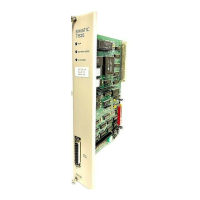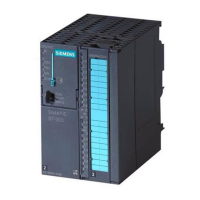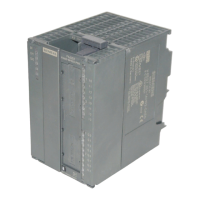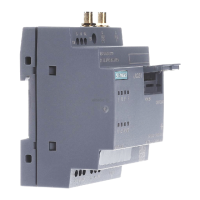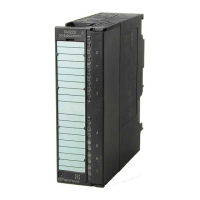The SINAUT Configuration Tool
6.6 TD7onTIM
TIM DNP3
System Manual, 12/2015, C79000-G8976-C253-04
197
By assigning the DNP3 start index, each process value of a TD7 data object
is assigned a consecutive index number that must be
unique within a DNP3
Rules for configuring the start index:
●
Assign an index only once per DNP3 object group
An index may only be assigned once per DNP3 object group (not once per data object)!
Example:
If the value 100 is assigned as the start index of the data object "Ana04W_S" from the
DNP3 object group "Analog Input", no other data object of this DNP3 object group
(Ana04W_S, Mean04W_S, Dat12D_S) can use the indexes 100 to 103 as the start index.
Note
You will find an overview of the indexes occupied by the individual object types and the
DNP3 object groups in the table in the section
Objects of TD7onTIM (Page 177).
●
Data objects with more than one channel
With data objects that have more than one channel, a channel that is configured as being
"inactive" also occupies one or more indexes.
Example
With a data object with 3 channels each with 1 byte, the following indexes are occupied:
– Channel 1: Start index up to start index + 7
– Channel 2 (
): -
– Channel 3: Start index + 16 up to start index + 23
●
Addressing the bits in a channel
The least significant bit of the first channel (bit 0) is always addressed with the "start
index" the most significant bit with "start index + 7".
Parameters in the "Send parameters" box
With the sending data objects,
the process values of the object can be as-
signed to DNP3 event class1, 2 or 3.
If an event class is configured, changed process values of the data object
are buffered as an event in the send buffer (message memory) and reported
to the master station. This
ensures that the history of process value changes
is transferred to the master station.
The event classes 1 and 2 can, for example, be used to transfer values of an
alarm sequence display.
The transfer of events is triggered by the send trigger, refer to
the section
Data objects: Memory area and triggers of the channels (Page 200).

